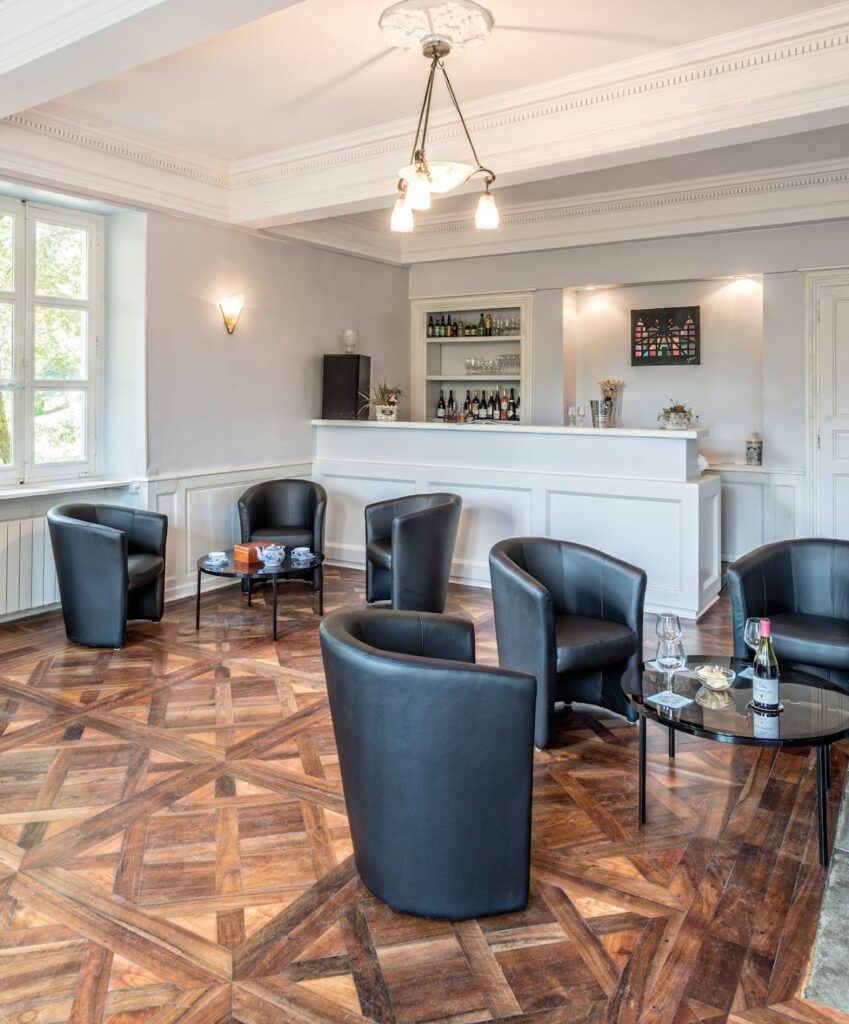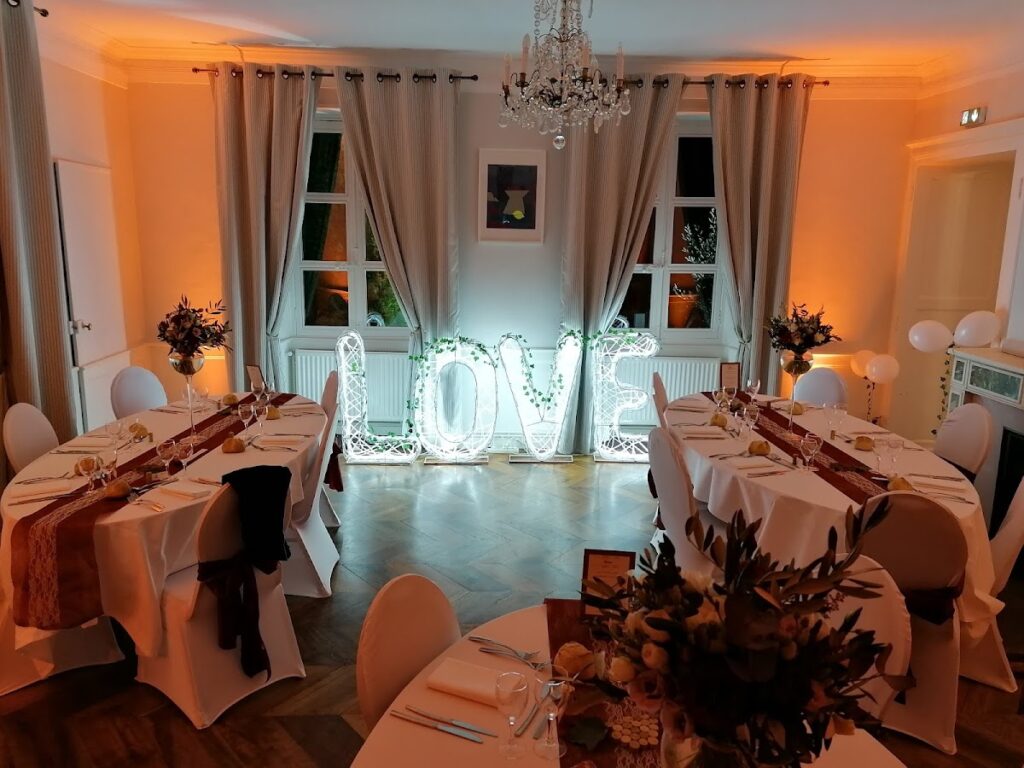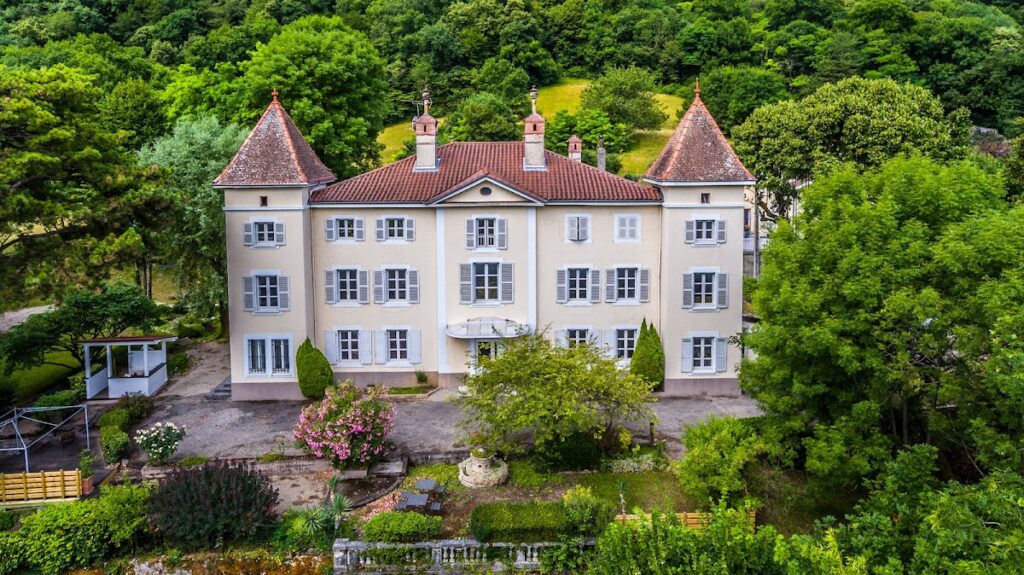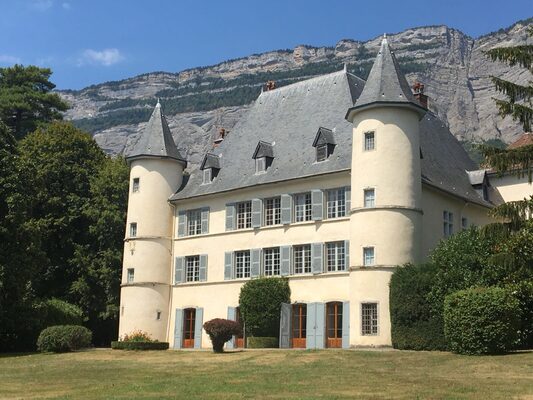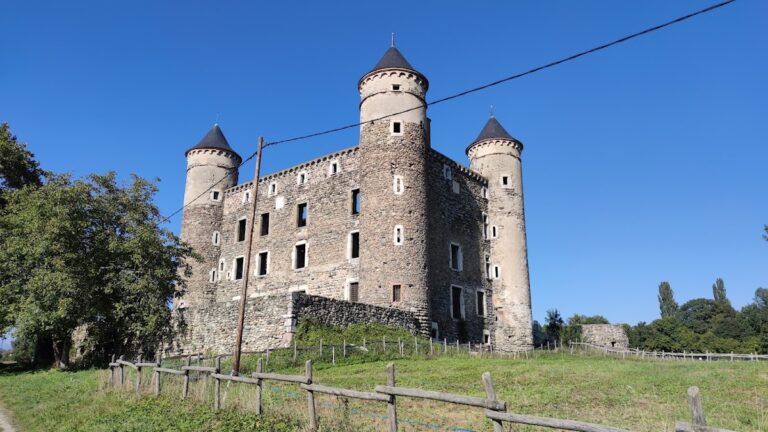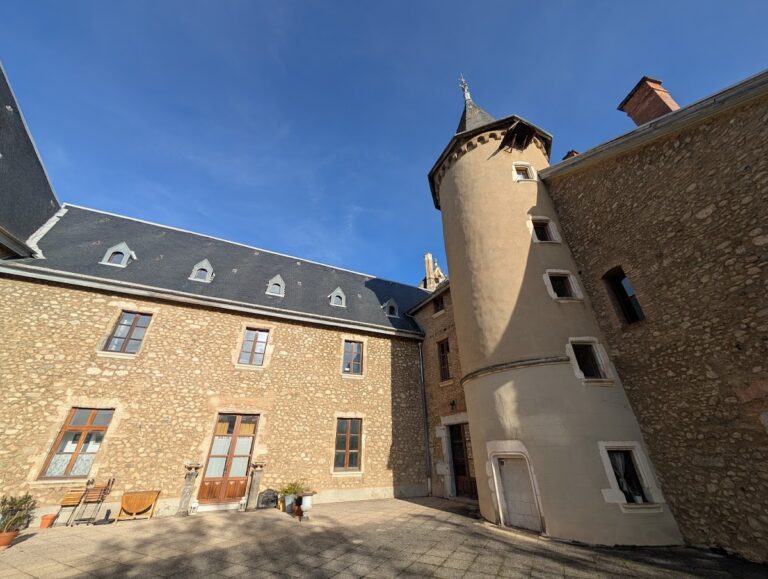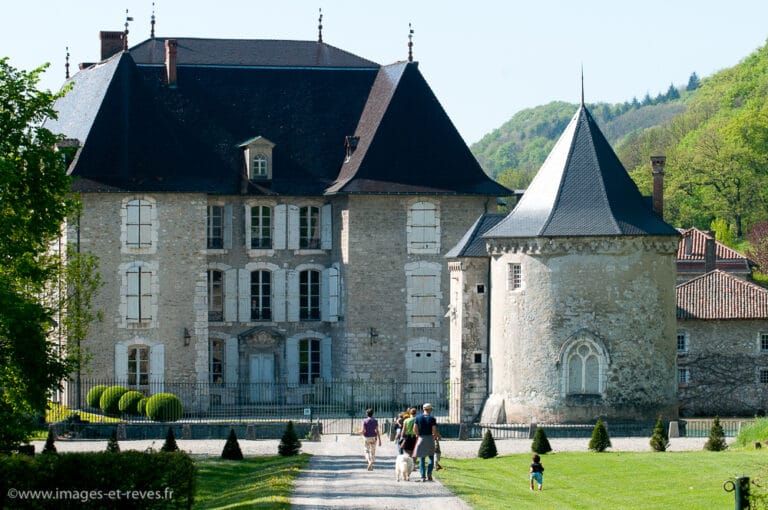Château de Chaulnes: A Historic Noble Residence in Noyarey, France
Visitor Information
Google Rating: 4.6
Popularity: Low
Google Maps: View on Google Maps
Official Website: www.chateau-de-chaulnes.fr
Country: France
Civilization: Unclassified
Remains: Military
History
The Château de Chaulnes is situated in the municipality of Noyarey, France, and was established during the early modern period by European aristocratic settlers. Its origins date to the 17th century, connected to the arrival of the Chaulnes family, who migrated from regions such as Picardy or Burgundy toward the end of the 16th century or at the beginning of the 17th century.
Originally, the estate belonged to local noble families, including the barons of Sassenage, before Antoine de Chaulnes acquired it in 1613. Under Joseph de Chaulnes, a descendant, the domain was elevated to the status of a marquisate in 1684, reflecting its growing prominence within the regional aristocracy. During the 18th century, ownership passed to two successive bishops of Grenoble, Jean de Caulet and his nephew Tristan de Caulet, indicating the estate’s link with religious authorities at that time.
In the 19th century, the property changed hands again when the Thomas family took possession. They are noted for enhancing the château’s appearance by adding two corner turrets, a feature that aimed to increase its grandeur. After the First World War, the château’s dependences found a new role as an orphanage, an initiative supported by American Methodist organizations. In the early 20th century, the estate was acquired by the Deverre family, known for their military and banking connections, who retained ownership until the 1970s. Following a change of hands in the 1980s to a restaurateur, the château entered a new phase focused on commercial use for events while maintaining its private ownership.
Remains
The Château de Chaulnes stands as a well-maintained example of a former noble residence, characterized by a main building of two stories complemented by a vaulted cellar beneath. Architectural enhancements from the 19th century include two square turrets positioned at the corners, which were constructed under the direction of Joseph-Marie Thomas to amplify the estate’s impression. This combination of early modern structure with later additions demonstrates a layering of architectural trends across centuries.
Inside, notable features include original parquet flooring and mosaic tile floors, which contribute to the château’s historic ambiance. A prominent staircase, carefully restored, serves as a central architectural element suitable for large gatherings, reflecting adaptations for public use. Surrounding the main building is a modest domain including a garden and a pond, offering a landscaped setting that supports the overall estate’s character.
A small chapel, now in ruins, lies on the grounds, indicating a former religious function within the property’s precincts. Additionally, a large terrace oriented eastward overlooks the Isère valley, providing scenic views toward the Chartreuse mountain range. The château itself occupies an elevated position near the base of the Vercors cliff, close to the small hamlet of Les Glairons, located on sandy terrain once part of the historical riverbed of the Isère. Through careful restoration, the site preserves its historical atmosphere while meeting contemporary needs for cultural and private events.


